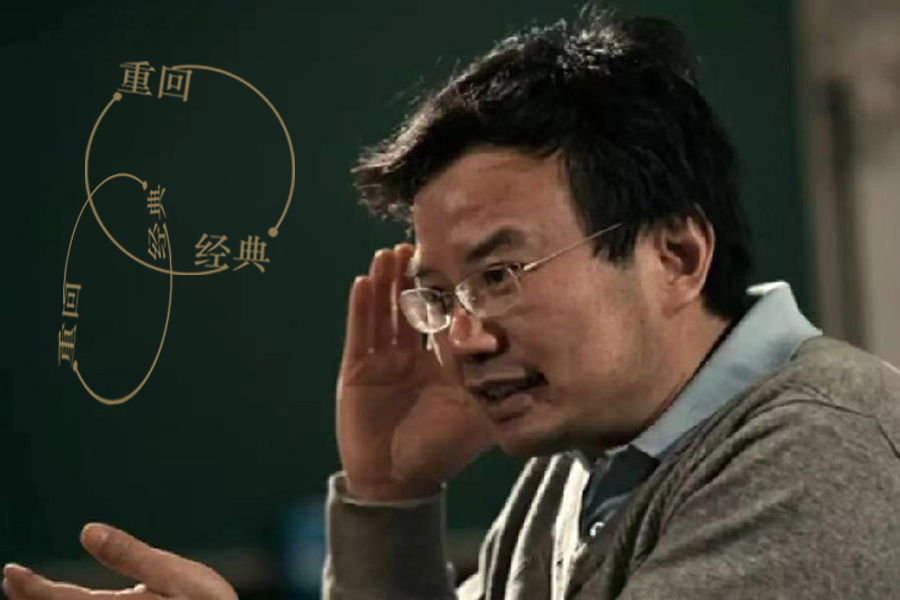In the pursuit of innovation in the art world, classical art is heavily criticized for adhering to certain rules or principles, as such adherence inevitably hinders innovation. Especially after science invented many new tools, some functions of classical art have been replaced by machines. Adhering to these functions of classical art and the rules established to meet them seems somewhat absurd and ridiculous. For example, in the case of painting, when photography technology matures, the photo function of painting is replaced by the camera, and we no longer need to adhere to the photo function of painting and the realism rules established to meet the photo requirements. This view may seem convincing on the surface, but in reality it is difficult to withstand scrutiny. In fact, realistic painting can only become art after the maturity of photography technology. We can understand this from a more grand historical perspective. Before the invention of writing, people relied on memory to remember everything. It is said that the ancient Egyptian god Tutti, who made many inventions, did not receive a reward from King Tamus for inventing writing. The reason is that with the invention of writing, people can remember many things without the need to remember. It seems that they know everything, but in fact, they know nothing. Of course, Tamus did not prevent the popularity of text. However, words have not completely replaced memory. On the one hand, with words, we don't need to bother to remember things that can be recorded by words. At this point, our memory will be liberated to remember things that cannot be recorded by words. On the other hand, even those things that can be recorded in words, if we still have to work hard to remember them, they will definitely become particularly important, and we will definitely give them extra meaning. In the era without words, memory is practical; In the era of writing, memory can be an art. Let me give another example to illustrate. In the era without modern transportation such as cars, the purpose of running was to overcome distance. After having modern means of transportation such as cars, we still run. Cars do not stop running, on the contrary, humans run faster and in more beautiful postures because running has been liberated from the practical purpose of overcoming distance, becoming a sport and an art to watch. In the era of cars, we still run, but the difference is that we have a new understanding of running and given it new meaning. For the same reason, cameras do not stop realistic painting, just like words do not stop memory and cars do not stop running. Photography technology will only encourage realistic painting to seek new self understanding, explore new meanings, and thus transform realistic painting from a simple skill to art.
Of course, the reason why classics become classics lies not only in the choice of technology, but also in the orientation of values and the establishment of attitudes. Classical art adopts a serious or serious attitude, pursuing positive or positive values, and its enemies are blind obedience, fanaticism, and hypocrisy. Our art has suffered from blind obedience, fanaticism, and hypocrisy. In order to resist blindly following, fanaticism, and hypocrisy, some artists adopt an unorthodox or sarcastic attitude, deconstructing positive or positive values.

